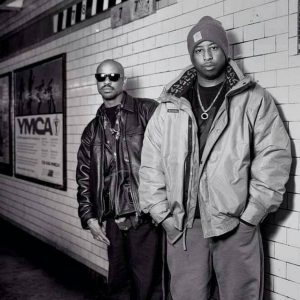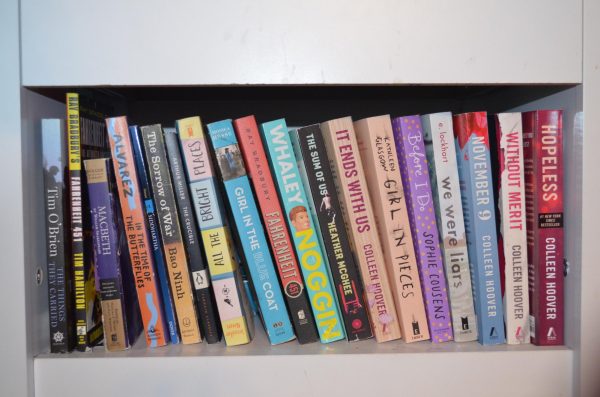The Art of Sampling
Music represents ideas, and cultures from different times and places. New genres are created by using different musical ideas and combining them. According to the Oxford dictionary sampling is taking brief segments of a sound and using them to form a different sound or musical piece. It may come as a surprise that certain well-known songs are created by sampling.
The technique of sampling can be traced back to the 1940’s with an experimental French style of Musique concrete. Artists physically manipulate tape with the processes of splicing (physically cutting the tape) and loop, (a section of music that repeats itself for an indefinite amount of time) which allows for new possibilities for sound arrangement. The use of sampling was used throughout the 60’s, and by the 80’s, commercial sampling became mainstream and used by DJ Kool Herc, one of the pioneers of the sound and creation of hip hop. Artists such as J Dilla and Dj Premier revolutionized sampling, influencing music forever.
There are many ways sampling is performed within music, including, chopping, looping, rearranging, time-stretching, reversing, and even distortion. It is important to keep in mind that most sampled songs are manipulated in multiple ways.
Artists use sampling to create new sounds and expressions through music. Sounds that are sampled can range from a car start-up to vocals from a song released five decades ago. John Cunningham, an LA producer, used the start-up sound from a BMW i8 to create the song SAD! By the late XXXTENTACION which is an example of looping. One notable song Don’t Cry by J Dilla includes vocals from the 1973 song I Can’t Stand (To See You Cry) by The Escorts. Most producers chop samples based on melodies that fit together to create a new sound. Instead, J Dilla created the song Don’t Cry by rearranging kicks and snares throughout the song, despite the melody, which ultimately created an entirely new song.
Another way producers sample is by reversing a melody to create a familiar but distinctive sound. An example of this is Trippie Redd’s 2017 hit Love Scars produced by Elliott Trent. The original melody is from Inside the Crashed Space Pirate Frigate by Kenji Yamamoto. After manipulating The Futuristics space track, the result is a discernible beat that emphasizes the auto-tuned vocals which sound as if you are under water in a blissful state.
In these examples, the sounds that are sampled have a melody that is altered and used in another piece. Controversy surrounds sampling as it can be done by anyone, especially modern day with the technology available – even in your pocket. In an article by the LA Times, Ken Anderson, the attorney representing the Beastie Boys after being brought to court overusing the phrase “Yo, Leroy” on Castor’s 1977 record “The Return of Leroy (Part I)” in the Beastie Boys’ song “Hold It Now, Hit It.”, explains his views on why sampling is so controversial.
“(People think that) there’s something that smacks of thievery in pushing a button rather than moving your fingers on an instrument.” But, he added, “I think that’s simply culture shock.” Anderson explains in regards to sampling.
The idea of picking apart pieces of music is not a new idea as explained by the 1882 born French composer, Igor Stravinsky.
“A good composer does not imitate; he steals,” said Stravinsky.
Using others’ ideas and building off of them is the basic principle for evolving, not just in music but as a society. Igor Stravinsky is a well-renowned composer, with one of his most recognizable pieces being not a full song but an instrumental hit, the orchestra hit. This iconic sample is a synthesized sound created by layering multiple (orchestra) instruments playing the same note or chord. Songs such as A Day in the Life by the Beatles, Finesse remix ft Bruno Mars, and originally the first note played on the Infernal Dance of King Kastchei (1910) by Stavinsky. With the evolution of technology, music production has evolved. The orchestra hit was included on the first sampling system released in 1979 the Fairlight CMI (Computer Musical Instrument), which has now created an entire market for music production capable of sampling.
The use of sampling has negative connotations surrounding the unoriginality of reusing sounds, but sampling within music has found its way into every genre, whether it is from Stravinsky’s 1910 orchestra hit to J Dilla’s take on Don’t Cry. The idea of music is what sounds good and that means not always following the guidelines when creating music and pushing boundaries.
More stories by Brenon Reed

Brenon is a senior at Aspen High School. This will be Brenon's third year writing for the Scribbler. During his free time, Brenon loves to...
































